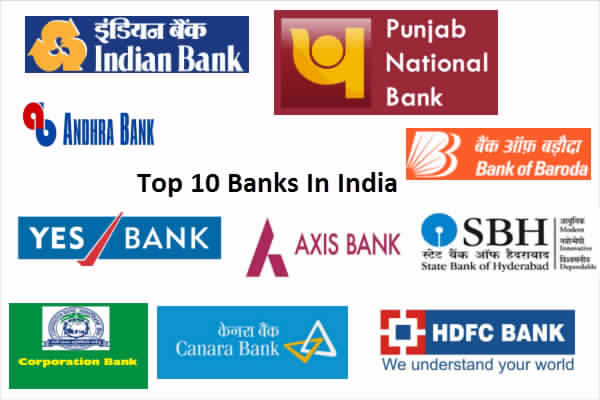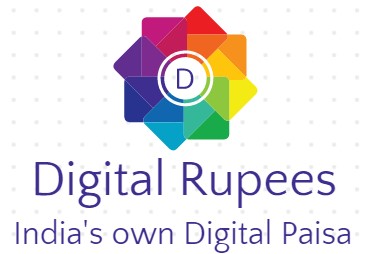Mudra Loan Schemes

Page Contents
- 1 Introduction: Turning Small Dreams into Big Realities
- 2 Understanding Mudra Loans: What They Really Mean
- 3 What is a Mudra Loan?
- 4 Types of Mudra Loans
- 5 Eligibility Criteria: Who Can Apply for a Mudra Loan?
- 6 General Eligibility:
- 7 Eligible Entities Include:
- 8 Non-Eligible Businesses:
- 9 Application Process: How to Apply for a Mudra Loan
- 10 Step 1: Choose the Loan Category
- 11 Step 2: Select the Lending Institution
- 12 Step 3: Prepare Documents
- 13 Step 4: Submit the Application
- 14 Step 5: Verification & Processing
- 15 Step 6: Loan Disbursement
- 16 Tips for Approval: How to Maximize Your Chances
- 17 1. Have a Clear Business Plan
- 18 2. Maintain Good Credit Behavior
- 19 3. Choose the Right Category
- 20 4. Keep All Documents Ready
- 21 5. Start Small if Needed
- 22 6. Seek Help from Bank Officials
- 23 Why Choose a Mudra Loan?
- 24 Conclusion: Your Dream, Your Business, Your Mudra Loan
Introduction: Turning Small Dreams into Big Realities
Every great business starts with a dream. For many budding entrepreneurs and small business owners in India, the biggest roadblock isn’t ideas or dedication—it’s money. The Government of India recognized this challenge and introduced the Mudra Loan scheme to give wings to small and micro-enterprises.
Whether you want to start a tailoring shop, expand your small café, set up a trading business, or buy new equipment for your workshop, a Mudra Loan could be your ticket to growth. Backed by the Pradhan Mantri MUDRA Yojana (PMMY), these loans are specifically designed to empower India’s grassroots entrepreneurs and contribute to the vision of a self-reliant India.
In this guide, we’ll take you step-by-step through the Mudra Loan process, eligibility, application tips, and strategies to improve your approval chances, so you can focus on what matters—growing your business.
Understanding Mudra Loans: What They Really Mean
What is a Mudra Loan?
Mudra Loan is part of the Pradhan Mantri Mudra Yojana (PMMY), launched in 2015. Its core aim is to provide financial support to micro and small businesses that are often left behind by traditional banking systems.
-
Loan amount: Up to ₹10 lakhs
-
Target group: Non-corporate, non-farm small/micro enterprises
-
Purpose: Business expansion, purchasing equipment, working capital, starting new ventures
The loans are disbursed through banks, NBFCs, cooperative banks, and micro-finance institutions. Importantly, no collateral is required, making it easier for small entrepreneurs to access funds.
Types of Mudra Loans
To cater to businesses at different stages, Mudra Loans are categorized into three segments:
-
Shishu (Up to ₹50,000):
-
For beginners starting a small business.
-
Example: Buying tools, raw materials, or setting up a stall.
-
-
Kishor (₹50,001 to ₹5,00,000):
-
For businesses looking to expand.
-
Example: Buying equipment, hiring staff, or scaling operations.
-
-
Tarun (₹5,00,001 to ₹10,00,000):
-
For established businesses ready to grow further.
-
Example: Expanding shops, purchasing heavy machinery, or opening a second outlet.
-
This tiered approach ensures every entrepreneur—whether just starting or scaling—can find the right financial support.
Eligibility Criteria: Who Can Apply for a Mudra Loan?
Before you apply, it’s essential to understand whether you meet the requirements.
General Eligibility:
-
Age: 18 to 65 years
-
Business Type: Non-farm income-generating businesses in manufacturing, trading, or services
-
Loan Limit: Up to ₹10 lakhs
-
Credit History: A good repayment record (though first-time borrowers are also eligible)
Eligible Entities Include:
-
Small shop owners (grocery, tailoring, salons, stationery, etc.)
-
Street vendors and traders
-
Small manufacturers and artisans
-
Service-based businesses (repair shops, tuition centers, etc.)
-
Transport operators (purchase of two-wheelers, autos, small trucks for business use)
Non-Eligible Businesses:
-
Farming or agricultural activities (covered under different schemes)
-
Large corporations or companies
Application Process: How to Apply for a Mudra Loan
Applying for a Mudra Loan is straightforward if you follow the right steps.
Step 1: Choose the Loan Category
-
Decide whether your need fits Shishu, Kishor, or Tarun.
-
Estimate how much capital you require for your business.
Step 2: Select the Lending Institution
-
Visit your nearest bank branch (public or private), cooperative bank, NBFC, or micro-finance institution.
-
Popular banks include SBI, PNB, HDFC, ICICI, Axis, and many regional rural banks.
Step 3: Prepare Documents
Keep these documents ready to avoid delays:
-
Identity Proof: Aadhaar Card, Voter ID, Passport, Driving License
-
Address Proof: Aadhaar, Utility bills, Rent agreement
-
Business Proof: Registration certificate, GST details (if applicable), or trade license
-
Bank Statements: Last 6 months
-
Photographs: Passport size
-
Application Form: Filled Mudra Loan application (available at banks or online)
-
Business Plan: Especially important for Kishor and Tarun categories
Step 4: Submit the Application
-
Fill the application form carefully.
-
Attach all required documents.
-
Submit it to the bank or lending institution.
Step 5: Verification & Processing
-
Bank officials will verify your details, financials, and business model.
-
Processing time may vary from a few days to a couple of weeks.
Step 6: Loan Disbursement
-
Once approved, the loan is credited directly to your bank account.
-
You may also get a Mudra Card (a RuPay debit card) to withdraw working capital as needed.
Tips for Approval: How to Maximize Your Chances
Many applicants face rejection due to small errors or lack of preparation. Here’s how you can increase your chances:
1. Have a Clear Business Plan
-
Banks prefer applicants who know how they will use the loan.
-
Even a simple plan (investment, estimated returns, repayment method) shows seriousness.
2. Maintain Good Credit Behavior
-
Pay existing EMIs and credit card bills on time.
-
A clean credit history boosts your credibility.
3. Choose the Right Category
-
Don’t apply for Tarun if your need is only ₹70,000.
-
Matching your requirement with the right loan category builds trust.
4. Keep All Documents Ready
-
Missing documents are the number one cause of delays/rejections.
-
Double-check before submitting.
5. Start Small if Needed
-
If you are a new entrepreneur, consider starting with Shishu Loan.
-
As your business grows and repayment is consistent, you can upgrade to higher categories.
6. Seek Help from Bank Officials
-
Don’t hesitate to ask the bank staff for guidance.
-
Sometimes, simple suggestions can make your application stronger.
Why Choose a Mudra Loan?
-
Collateral-free: No need to mortgage property or assets.
-
Flexible Use: Can be used for working capital, expansion, or equipment purchase.
-
Government-Backed: Trusted scheme under PMMY.
-
Encourages Self-Employment: Perfect for first-time entrepreneurs.
Fun Fact: Since its launch in 2015, Mudra Loans have disbursed over ₹20 lakh crore to crores of small entrepreneurs across India—fueling self-reliance and job creation.
Conclusion: Your Dream, Your Business, Your Mudra Loan
Starting or growing a small business is never easy, but lack of funds should not hold you back. The Mudra Loan scheme empowers small entrepreneurs to take that crucial step towards financial independence.
Whether you’re opening a small tea shop, running a tailoring business, or expanding your trading venture, a Mudra Loan can be your best companion on the journey of entrepreneurship.
Take the first step today. Visit your nearest bank, prepare your documents, and apply for a Mudra Loan. Who knows—the idea you’ve been dreaming about could turn into the next success story of India.




